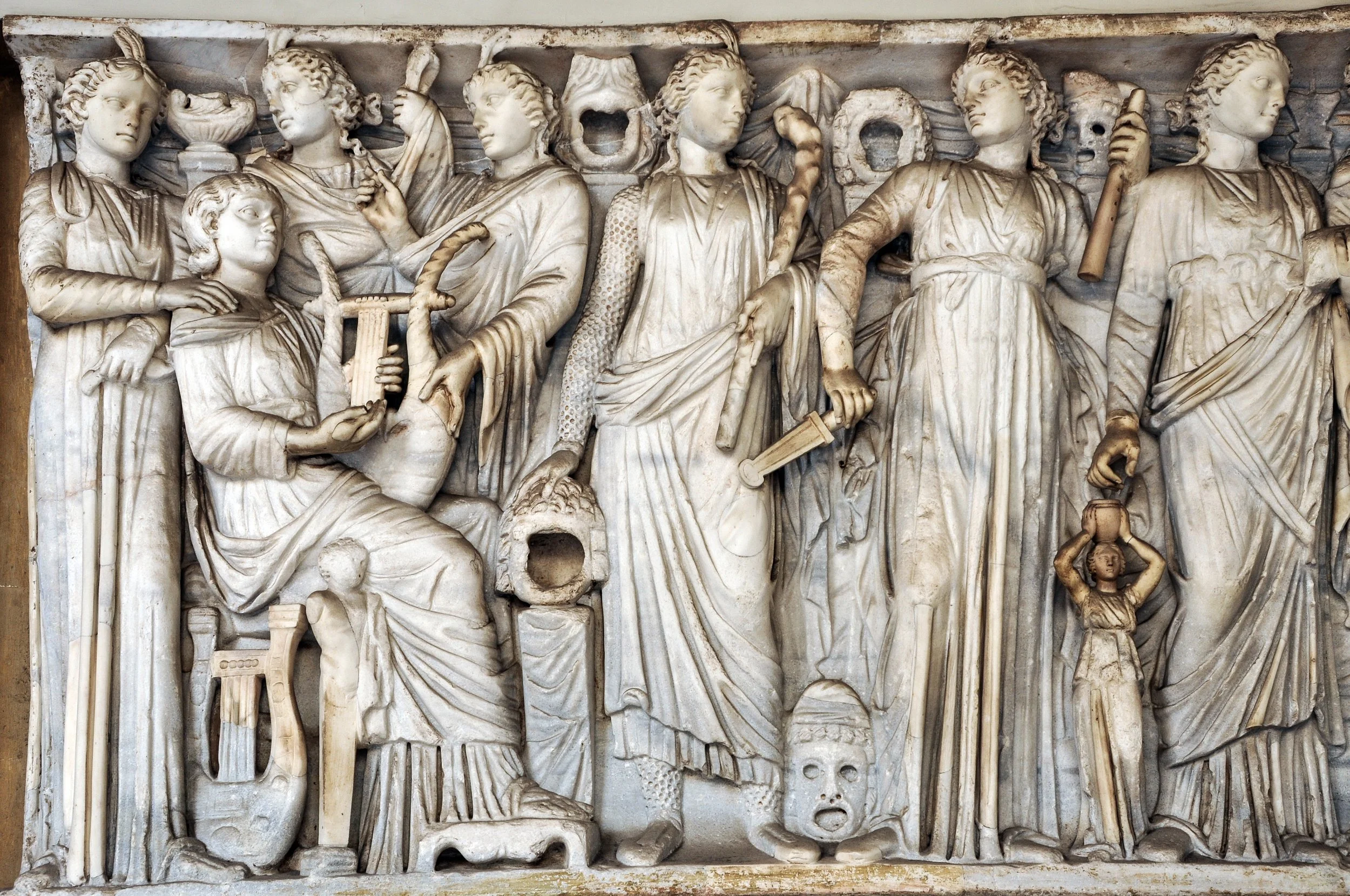
The Council at Nicaea
The Role of the Romans in Shaping Religion: The Council of Nicaea and Its Aftermath
The Romans: A Framework for Understanding
To comprehend the Roman influence on religion, it is essential to understand some key principles of the Roman Empire:
Romans sought to control everyone under their rule.
They were heavily motivated by wealth and imposed extensive taxation.
The Roman Empire desired a police state to maintain order.
They would conquer and destroy any group that refused to comply.
Romans were obsessive about census data to ensure accurate taxation.
These principles laid the groundwork for the Romans' involvement in religious affairs.
The Council of Nicaea: 325 AD
In 325 AD, Roman Emperor Constantine I convened the First Council of Nicaea. Though the exact number of attendees remains uncertain, records indicate between 250 and 318 bishops participated, out of the roughly 1,800 invited. The council's primary purpose was to establish a unified religion within the empire. Constantine, who claimed to be Christian, initiated the council but did not practice Christianity himself and was never baptized during his lifetime.
Key facts from the Council:
Over 50 Gospels were brought to the council for consideration.
The council aimed to resolve religious divisions and establish a standardized doctrine.
Pre-Council Religious Landscape
Prior to the Council of Nicaea, there were diverse beliefs about the identity and nature of Jesus:
Jesus as a Special Prophet sent by God.
Jesus as the Son of God.
Jesus as an illusion (a Gnostic belief).
During this period:
Churches were not organized; believers typically gathered in small, independent groups.
Tithing was not practiced.
Numerous religious texts and over 50 Gospels existed, leading to theological disagreements.
Outcomes of the Council of Nicaea
The decisions made at Nicaea redefined Christianity and cemented a new structure for the religion. Major outcomes included:
Jesus is declared God: This formalized doctrine ended debates about Jesus' nature.
The Date of Easter: Easter was officially set as a key Christian observance.
Creation of Catholicism: A unified church was born.
Establishment of the 20 Canons
The council introduced 20 foundational canons to organize the Church. Examples include:
Church Structure: Guidelines for church organization.
Clergy Standards: Dignity and behavior norms for priests.
Reconciliation of the Lapsed: Establishment of confessionals for public repentance.
Readmission of Heretics and Schismatics: Including re-baptism practices.
Liturgical Practices: Formal rules for prayers and liturgical roles.
Additional outcomes included:
Introduction of a Pope as the Church’s leader.
Recognition of 4 Gospels as official texts, while other Gospels were rejected and destroyed.
Child Baptism and the establishment of tithing for income.
Confessionals became a requirement for penance.
The Trinity Doctrine was finalized in subsequent councils (Constantinople in 360 and Nyssa in 381).
The Bible was declared incomprehensible to ordinary people, granting priests exclusive authority to interpret it.
Special ceremonies, clothing, and hierarchical structures were introduced.
The Church was now positioned as "the only true religion."
What the Romans Gained
The decisions made at Nicaea benefited the Roman Empire significantly:
Control over Religion: The organized Church became a tool for Roman control.
Built-in Census: Child baptism allowed the state to keep track of its population and to tax the new population.
Increased Income: Tithing became a reliable revenue stream.
A Police State: The introduction of confessionals ensured citizens confessed their sins, increasing social control.
Population Control: The Church taught followers they were incapable of understanding doctrine, creating a compliant and unquestioning society.
A Powerful Pope: The Pope became an influential figure capable of interpreting or altering religious doctrine as needed.
After the Council: Enforcement and Suppression
Following the Council of Nicaea, the Roman Empire acted decisively to enforce its newly unified religion:
Mass Killings and Destruction: Romans burned cities and towns that resisted compliance. This mirrors themes from the Old Testament and apocalyptic descriptions of divine punishment.
Suppression of Other Gospels: Any text outside the 4 approved Gospels was destroyed with extreme prejudice.
State-Enforced Religion: The emperor played an active role in consolidating the Church’s authority using the power of the Roman state.
Questions arise: Would Jesus (Yeshua), the central figure of Christianity, have condoned such violence and destruction? I think the answer is absolutely not!
---
### Conclusion
The Council of Nicaea marked a turning point in history, where religion became a tool for control, taxation, and governance under the Roman Empire. By unifying Christianity, the Romans gained a centralized authority, significant financial resources, and a submissive population. However, the methods used to achieve this unity—including suppression, destruction, and violence—raise profound questions about the true intent behind these religious reforms.